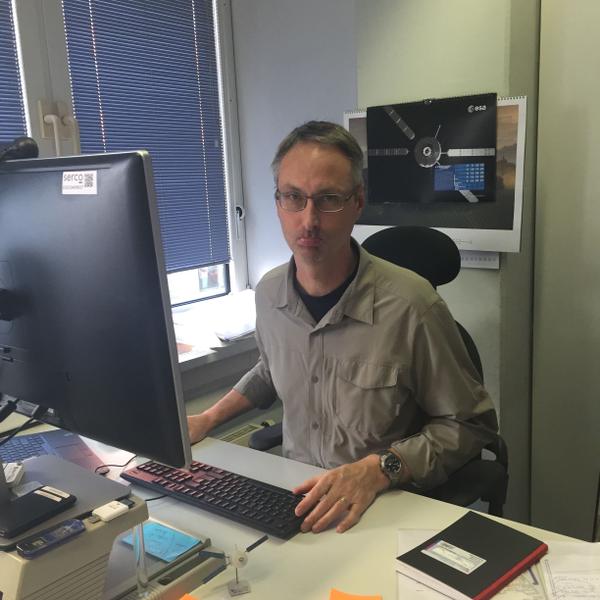
Five years ago, I created Making Apple Pie From Scratch in a haze of inspiration, wanderlust and longing for the previous summer. I was a 21 year old Biology graduate that had recently returned to the leafy suburbs of London after a whirlwind 3 months abroad in Florida (read my old-school first ever blog post here). It had been an unforgettable summer in the sunshine state, spent watching rocket launches at NASA Kennedy Space Center, taking classes on space exploration, meeting (and partying with) astronauts, and making lifelong friends with people sharing my vision of the world.
Brimming with stories of the summer that I spent studying the stars, I felt compelled to share my journey and this blog began as a way to do just that. I caught the travel bug and have lived in 6 countries in the past 5 years, communicating science along the way. I have written about how our bodies will react to living on Mars, described astonishing light displays on Saturn, personified spacecrafts, dissected the anatomy of an asteroid and explored how satellites can help us to protect our planet. Creating #scicomm content is what I love to do and when sprinkled with a dusting of my travel posts, the combination was a great fit for Making Apple Pie From Scratch.
That was until recently however. My blog – created by 21 year old me – hasn’t quite caught up with the 26 year old me that is writing this article. I am convinced that our digital persona and real-life self almost always never match up. And, with every year spent abroad and every experience along the way, I’ve felt my blog drift further and further away from who I am today, towards who I was yesterday. I’ve changed – as I’m sure you have too with every passing year of your life. Ever feel like the you you’re putting out in the world could be a little more truer to the real you? Same. This feeling affects writer’s block too – I’ve found it often happens when what you’re trying to write about isn’t really what you want to write about at that moment in time. That’s exactly how I realised that my online self needed a digital makeover. My interests include science, space and travel, but are not limited to those things either. Realising that you don’t have to pick one thing when you care about many is a profound moment that I think many of us don’t allow ourselves the creative headspace to ever reach.
Going forward, I’m going to begin sharing more of myself on this blog. I’ll be posting more honest content that is relatable and hopefully, helpful. That doesn’t mean less science, or travel, but more posts on other topics that interest me – which may, or may not include science and travel. As a young British Indian women who has a global perspective, I care about things as diverse as ethnic minority representation, climate change solutions, social enterprises and startups, the diaspora of 2nd gen immigrants like myself, creating technologies for change and empowering people to be their best selves. I’ve already written an article on the unexpected realities of living abroad that I wish I had known before, and am vocal about my many interests on Twitter already. My blog, it seems was the last online platform to catch up with my modern-day self. But, as I have learnt, it’s never too late to reinvent your online self. After all, as astronomer Carl Sagan said, “if you wish to make an apple pie from scratch, you must first invent the universe”. Well, Making Apple Pie From Scratch, here’s to reinvention.
-Nikita




